I have created a pizza bot in dialogflow. The scenario is like..
Bot says: Hi What do you want.
User says : I want pizza.
If the user says I want watermelon or I love pizza then dialogflow should respond with error message and ask the same question again. After getting a valid response from the user the bot should prompt the second like
Bot says: What kind of pizza do you want.
User says: I want mushroom(any) pizza.
If the user gives some garbage data like I want icecream or I want good pizza then again bot has to respond with an error and should ask the same question. I have trained the bot with the intents but the problem is validating the user input.
How can I make it possible in dialogflow?
A glimpse of training data & output



